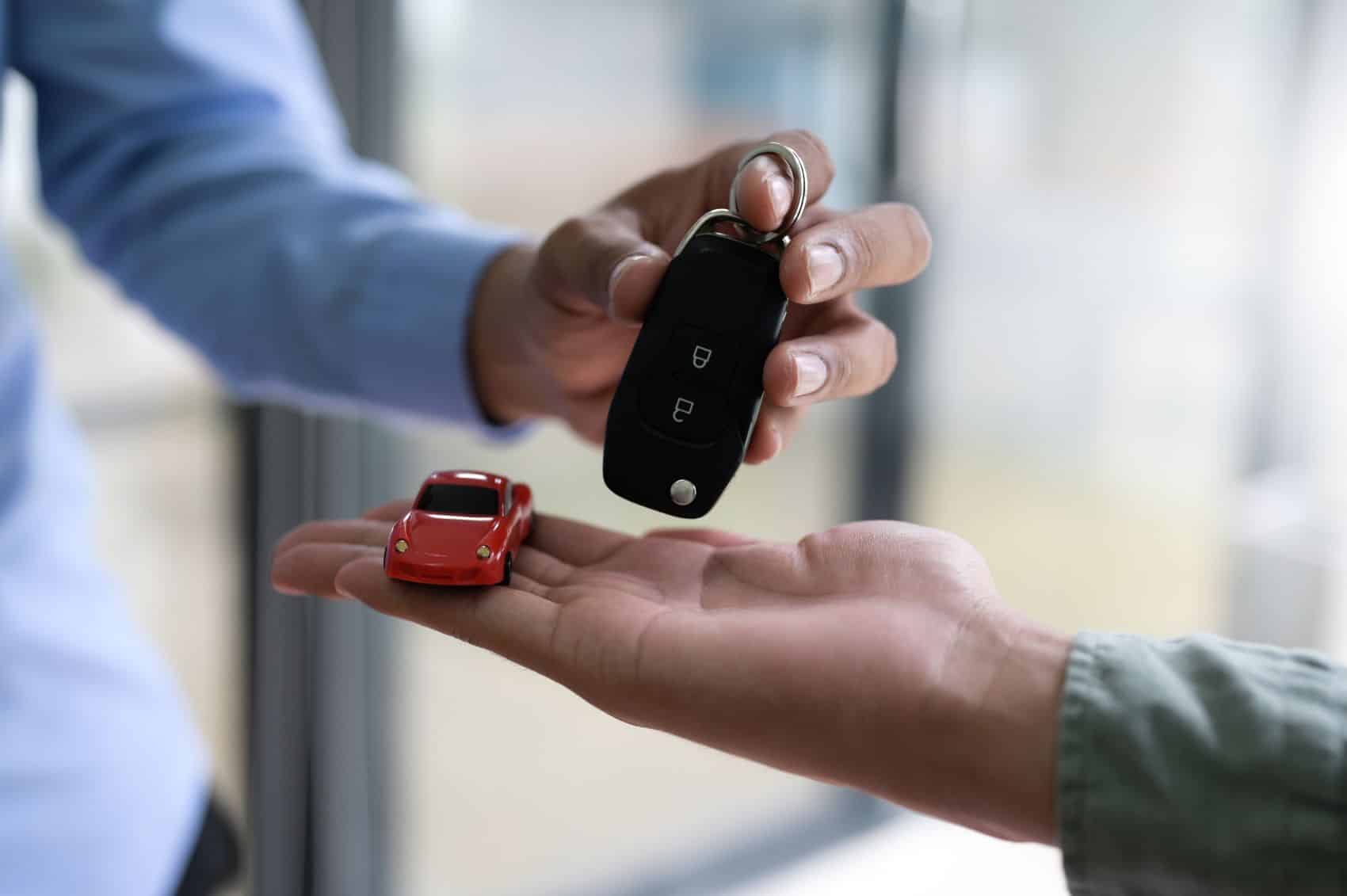Breaking Down the Process of Selling Your Used Car in Today’s Market
Selling your used car can be a daunting task. Whether you’re looking to upgrade to a newer model, downsize your vehicle, or simply need some extra cash, navigating the car-selling process can seem overwhelming. But with the right knowledge and approach, selling your car doesn’t have to be stressful. In fact, it can be straightforward and even rewarding when done correctly.
This guide will take you through everything you need to know to sell your used car effectively, from preparing it for sale to finding the right buyer. With the proper steps and strategies, selling your used car has become easier than ever.
Why Sell Your Used Car?
Before diving into the “how” of selling your car, it’s worth understanding why you should consider selling your vehicle in the first place. Used cars can depreciate quickly, losing value as they age. While some people may choose to hold on to their vehicles until they no longer run, others prefer to sell them earlier to maximize their return.
Here are a few reasons why people choose to sell their used cars:
- Upgrading to a newer model: Selling your used car can give you the necessary funds to buy a newer, more advanced model.
- Financial needs: A used car sale can help cover unexpected expenses, pay off debt, or provide additional funds for other investments.
- Reduced maintenance costs: Older cars tend to require more repairs, which can add up over time. Selling your vehicle before major issues arise can save you money.
- Changing lifestyle needs: Families grow, people move, or change jobs, which may require a different type of vehicle. Selling your used car can free up space and funds for something more suitable.
Step 1: Assess the Condition of Your Car
One of the most important steps when you decide to sell your used car is assessing its condition. Buyers will always be interested in knowing the current state of your vehicle. This includes both the mechanical condition and its cosmetic appearance.
Mechanical Condition
Before listing your car for sale, it’s worth taking it to a trusted mechanic for a thorough inspection. Fixing small mechanical issues before putting your car on the market can increase its value. Keep the following in mind:
- Engine and transmission: These are the most critical parts of a car. If your car runs smoothly, it’s more likely to sell quickly.
- Brakes and tires: Buyers often look for cars that won’t require immediate repairs. Ensure your tires have sufficient tread and that the brakes are in good condition.
- Lights and electronics: Make sure all electronics, including the dashboard lights, radio, air conditioning, and power windows, are functioning properly.
- Regular maintenance: If you’ve kept up with regular maintenance, like oil changes, filter replacements, and tune-ups, make sure to have documentation available for potential buyers.
Cosmetic Condition
Appearance matters when you’re trying to sell your used car. Consider the following to enhance your car’s appeal:
- Exterior: Wash and wax your car, and consider fixing any scratches or dents. First impressions matter, and a clean exterior can attract more potential buyers.
- Interior: Clean the interior thoroughly, vacuum the seats and carpets, and wipe down the dashboard and other surfaces. If your seats have stains or your car has an unpleasant odor, take steps to fix these issues before listing it for sale.
Step 2: Set a Competitive Price
Pricing your used car competitively is key to a quick sale. If you price it too high, you may not get any interest. Price it too low, and you might lose out on potential profits. Here’s how to find the right balance:
Research the Market
Check online listings for similar cars in your area. Websites like Kelley Blue Book, Edmunds, and AutoTrader can help you determine your car’s current market value. Keep in mind factors like:
- Make, model, and year: Newer models or popular makes can command higher prices.
- Mileage: Cars with lower mileage tend to sell for more.
- Condition: Well-maintained cars in excellent condition are worth more than cars that need repairs.
- Location: Prices can vary depending on your geographical location and local demand for certain types of vehicles.
Be Ready to Negotiate
Most buyers will want to negotiate the price. Be prepared to justify your asking price with evidence of your car’s condition, maintenance history, and market research. But also, be open to reasonable offers. Selling a car often involves some compromise.
Step 3: Advertise Your Car Effectively
Now that your car is in good condition and priced correctly, it’s time to get the word out. The key to selling your car quickly is exposure. Luckily, there are many ways to advertise your car to reach a wide audience.
Online Listings
Online platforms are the most popular way to sell your used car. Websites like Craigslist, Facebook Marketplace, and AutoTrader allow you to list your car for sale with photos and descriptions. Be sure to:
- Include clear photos: Take high-quality images of the car’s exterior, interior, and key features. Good lighting and multiple angles will help showcase your car.
- Write a detailed description: Mention the car’s make, model, year, mileage, and any notable features like heated seats, a sunroof, or Bluetooth connectivity. Honesty is essential—be upfront about any known issues with the vehicle.
- Use keywords effectively: For example, using keywords like “sell my used car” or “selling your car” in your listing description can help potential buyers find your ad more easily.
Word of Mouth
Don’t underestimate the power of word of mouth. Let friends, family, and coworkers know that you’re selling your car. They may know someone who is looking for a reliable used vehicle.
Local Classifieds
Posting your car in local classifieds (both online and in print) can help reach a nearby audience. Some buyers prefer to deal with local sellers to avoid long-distance transactions.
Step 4: Show the Car to Potential Buyers
Once you start receiving inquiries about your car, the next step is showing it to potential buyers. Make sure to respond to messages and calls promptly, and schedule a time and place for interested buyers to see the car. Consider these tips for a successful showing:
- Choose a public place: For safety reasons, it’s a good idea to meet in a well-lit, busy area.
- Bring documentation: Have all necessary documents ready, such as the car title, service records, and the vehicle history report. Buyers may want to review these before making a decision.
- Be prepared for test drives: Ensure your car is clean, and the gas tank is filled. Let the buyer take the car for a short drive, and answer any questions they might have during the test drive.
Step 5: Finalize the Sale
Once you’ve found a buyer and agreed on a price, the final step is completing the sale. Here’s what to do:
- Transfer the title: Sign over the car title to the buyer. Depending on your location, you may need to fill out specific paperwork at the DMV.
- Bill of sale: Provide a bill of sale to the buyer. This document includes details of the sale and can protect both parties in case any issues arise later.
- Remove the license plates: In some states or regions, you may need to remove the license plates from the car before transferring ownership.
- Cancel your insurance: Contact your insurance provider to cancel your coverage on the car once the sale is complete.
Tips for Selling Your Car Privately
- Be honest: If your car has any mechanical issues, disclose them upfront. Being honest builds trust and reduces the chances of problems later.
- Stay safe: Always meet buyers in public places, and if possible, bring a friend or family member with you when showing the car.
- Watch out for scams: Be cautious of potential scammers, especially when dealing with online buyers. Avoid accepting personal checks, and consider using a secure payment method like a cashier’s check or bank transfer.
Conclusion
Selling your used car has become easier than ever, thanks to the availability of online platforms and a wealth of resources that simplify the process. With the right preparation, pricing strategy, and marketing approach, you can successfully selling your car for a fair price. From assessing your car’s condition to finalizing the sale, following the steps outlined in this guide will help you navigate the process smoothly and confidently.
By putting in the effort to maintain your vehicle, researching competitive prices, and advertising it effectively, you’ll not only sell your car but also maximize its value. So, whether you’re downsizing, upgrading, or simply looking for a change, selling your used car can be a rewarding experience.





